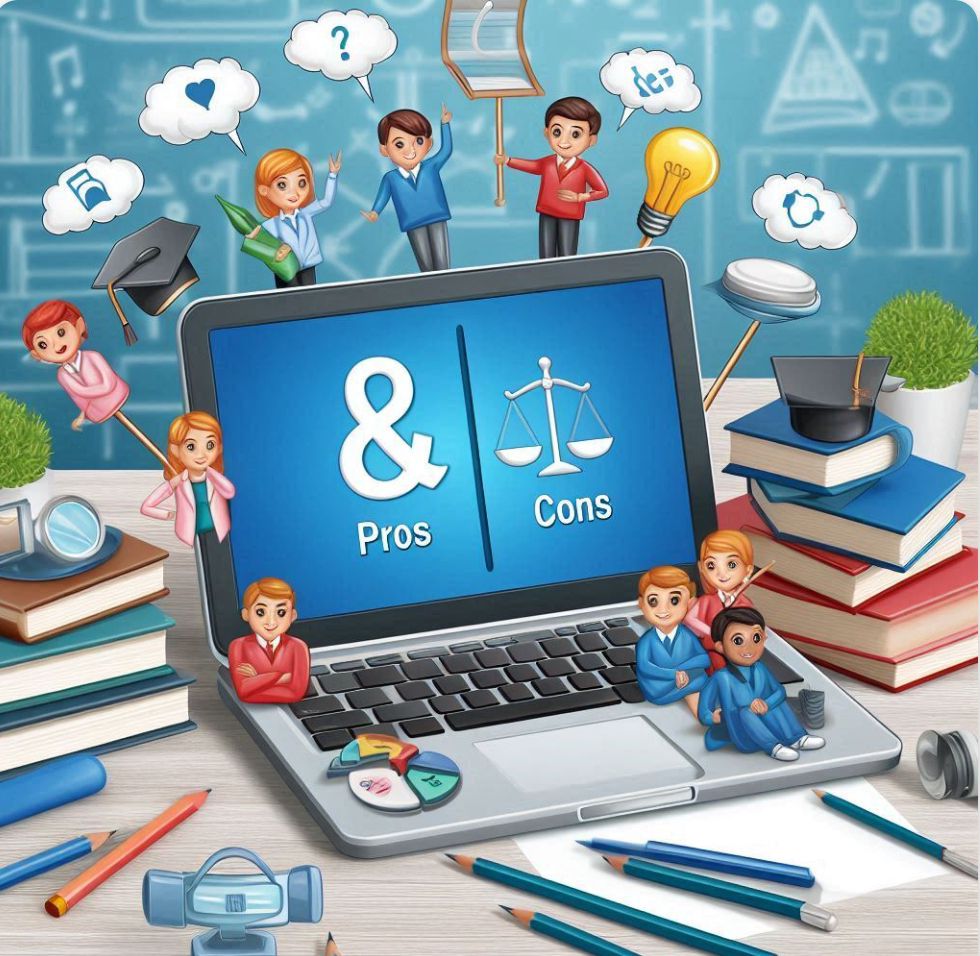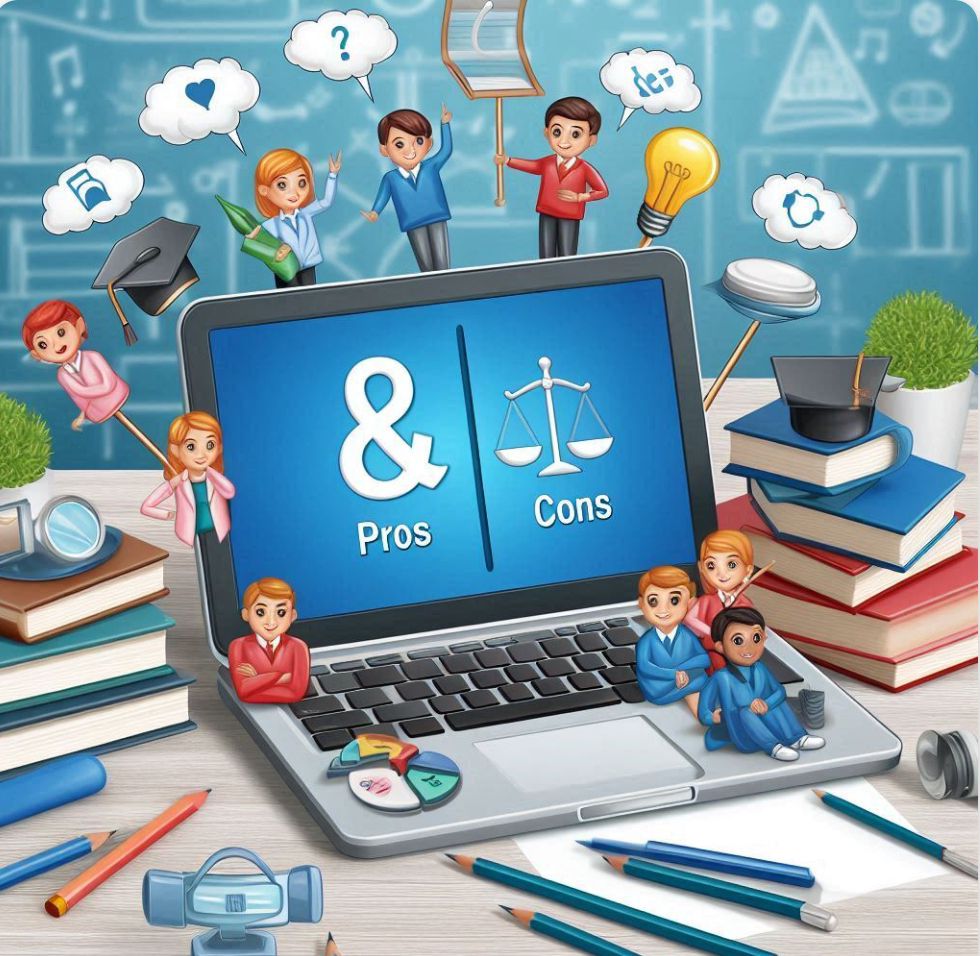
In the rapidly evolving landscape of education, one of the most significant decisions learners and educators face today is choosing between e-learning and traditional learning. Each method has its unique advantages and drawbacks, making it crucial to understand which one aligns best with your goals, learning style, and lifestyle.
The Pros of E-Learning
Flexibility and Convenience
E-learning allows students to access course materials at any time and from any location. This flexibility is ideal for those with busy schedules or who prefer learning at their own pace.
Cost-Effectiveness
Online courses often cost less than traditional classroom courses. There are savings on commuting, accommodation, and sometimes even materials, as many resources are available digitally.
Wide Range of Courses
E-learning platforms offer a vast array of courses that might not be available locally. This includes niche subjects and specialized courses from international institutions.
Personalized Learning
Many e-learning platforms use AI to tailor the learning experience to the individual’s pace and understanding, enhancing the efficiency of learning.
Access to Global Resources
Online learners can access resources and networks globally, providing a richer learning experience through diverse perspectives.
The Cons of E-Learning
Lack of Social Interaction
E-learning can be isolating, as it lacks the face-to-face interaction with peers and instructors that traditional classrooms provide.
Self-Discipline Required
Success in e-learning requires a high degree of self-motivation and discipline, which can be challenging for some students.
Technical Issues
Access to a reliable internet connection and the necessary technology can be a barrier for some learners.
Limited Hands-On Experience
Courses that require hands-on practice or physical interaction can be difficult to replicate in an online environment.
Potential for Distraction
The flexibility of e-learning can sometimes lead to procrastination and distraction if not managed properly.
The Pros of Traditional Learning
Structured Environment
Traditional learning provides a structured schedule and environment, which can be beneficial for students who thrive on routine and face-to-face interaction.
Immediate Feedback
In-person classes allow for instant feedback and clarification from instructors, enhancing the learning process.
Social Interaction
Traditional classrooms offer opportunities for social interaction, group work, and networking, which can be valuable for personal and professional development.
Access to Facilities
Students have access to physical resources such as libraries, laboratories, and extracurricular activities.
Enhanced Engagement
The presence of a live instructor can increase engagement and accountability.
The Cons of Traditional Learning
Less Flexibility
Fixed schedules and locations can be restrictive for students with other commitments or those who prefer a self-paced learning style.
Higher Costs
Traditional learning often involves higher costs, including tuition, commuting, and accommodation expenses.
Geographical Limitations
Students are limited to courses offered by nearby institutions, which may not always meet their specific interests or needs.
One-Size-Fits-All Approach
Traditional classrooms may not cater to individual learning styles as effectively as personalized e-learning platforms.
Time-Consuming
Commuting and adhering to a fixed schedule can consume time that could be used for other productive activities.
Making the Right Choice
Choosing between e-learning and traditional learning ultimately depends on individual needs and circumstances. Here are some factors to consider:
Learning Style: Do you thrive in a structured environment or prefer learning at your own pace?
Lifestyle: Does your schedule allow for fixed class times, or do you need flexibility?
Goals: What are your educational and career goals, and which method aligns best with achieving them?
Resources: Do you have access to the necessary technology for e-learning, or are the facilities provided by a traditional institution more beneficial?
Conclusion
Both e-learning and traditional learning have their unique benefits and challenges. By carefully considering your personal needs, learning style, and goals, you can make an informed decision that will best support your educational journey.
Curious to explore more about how e-learning can transform your education journey? Subscribe to our blog for the latest insights and tips on making the most of online learning.











